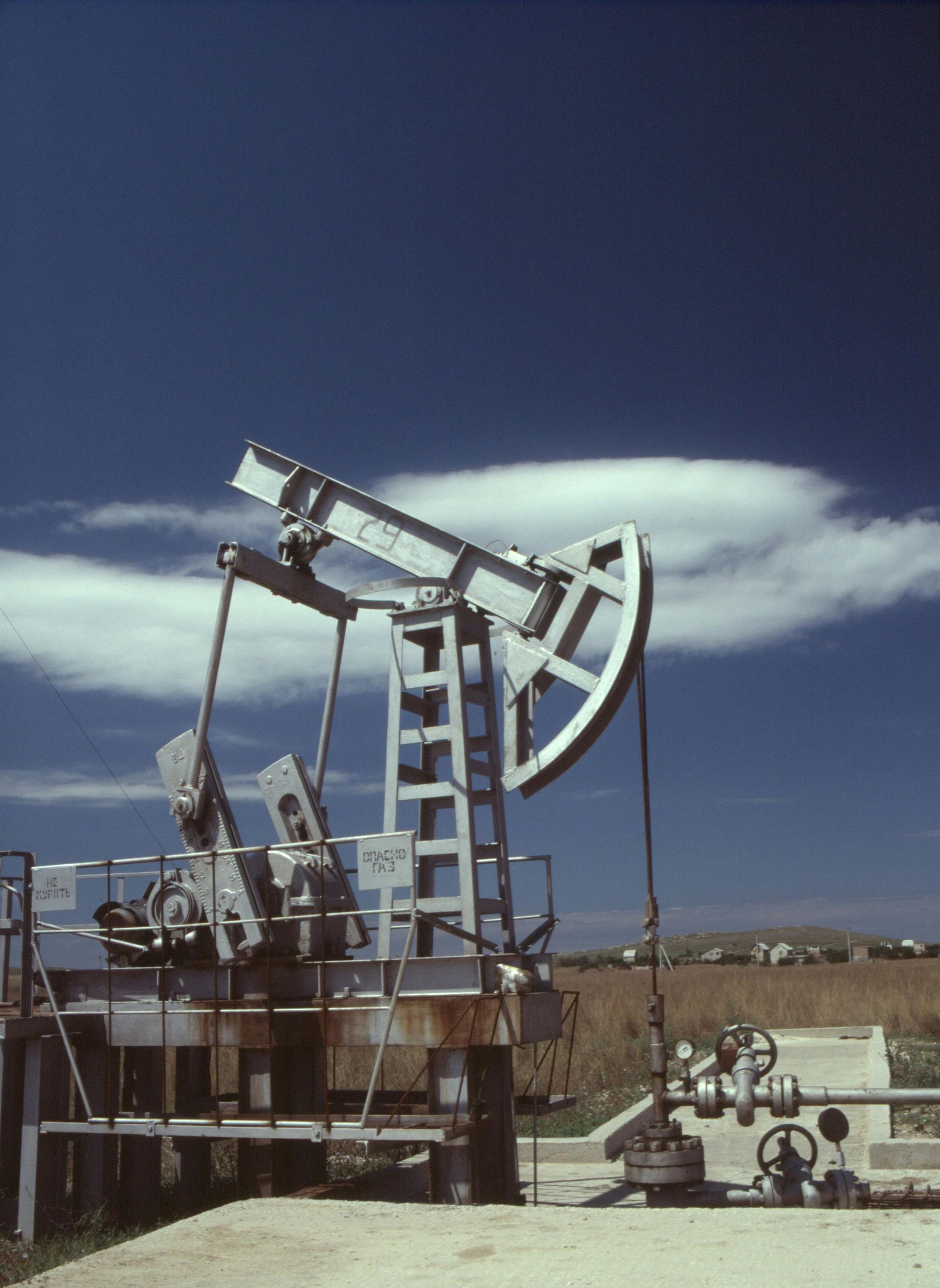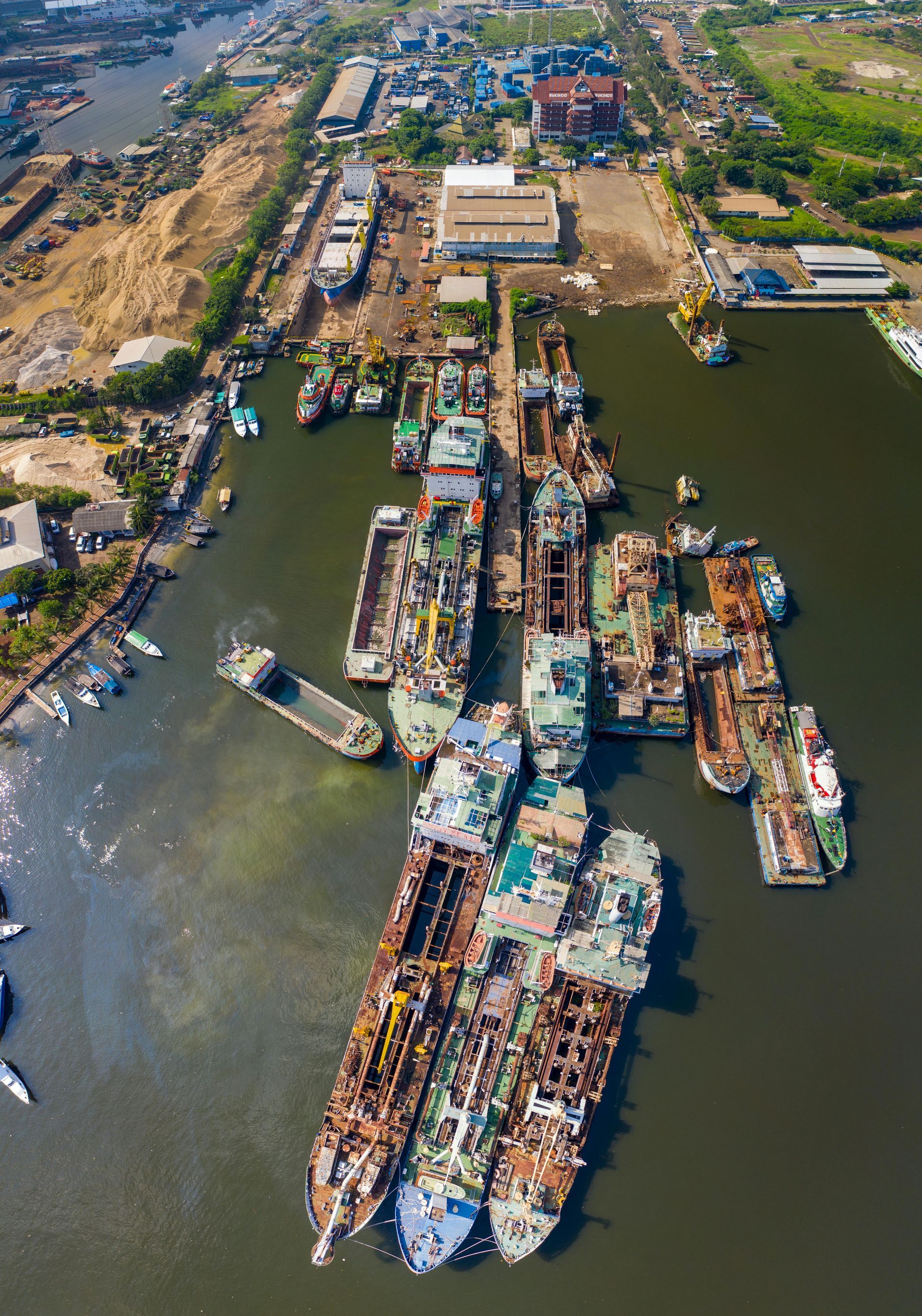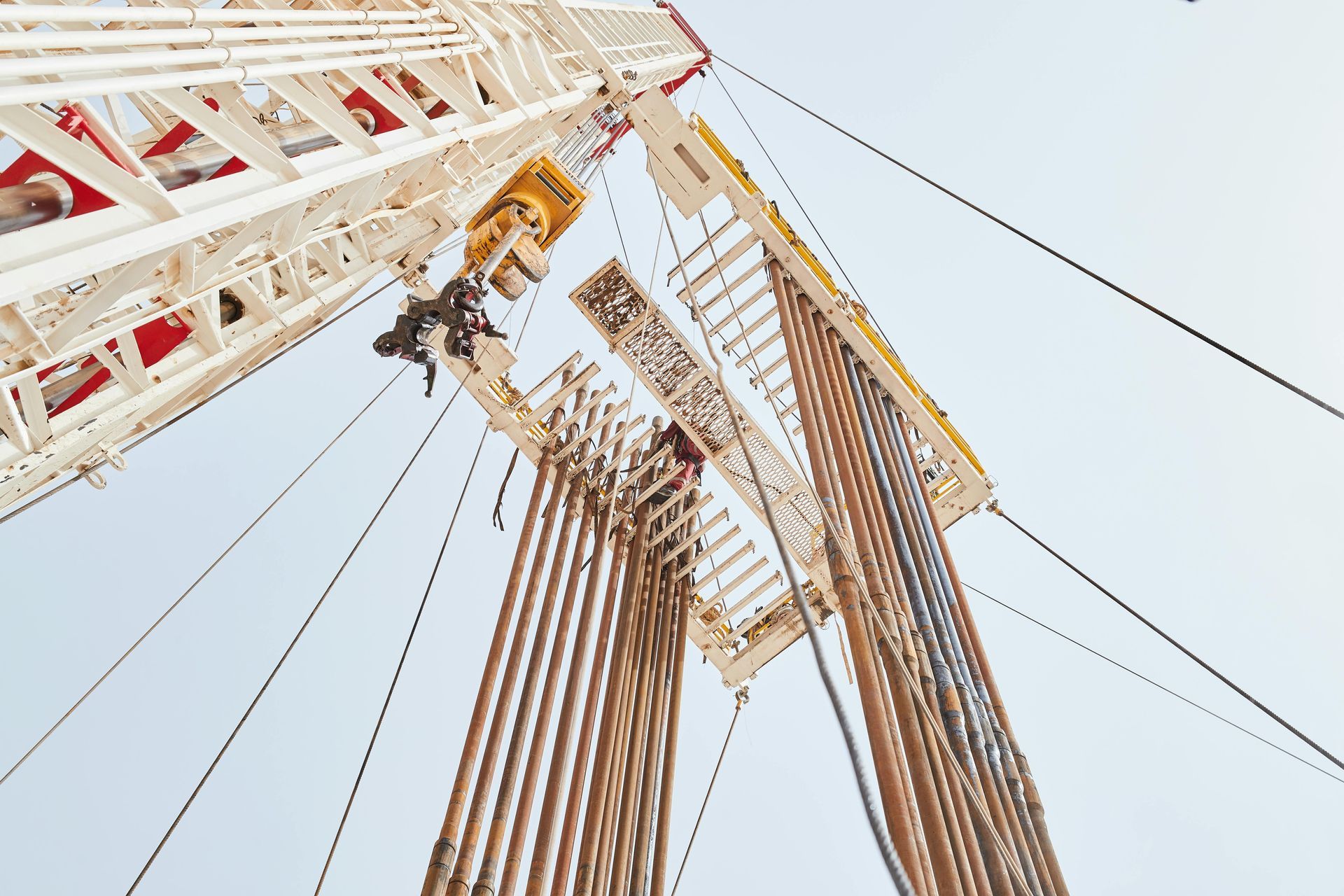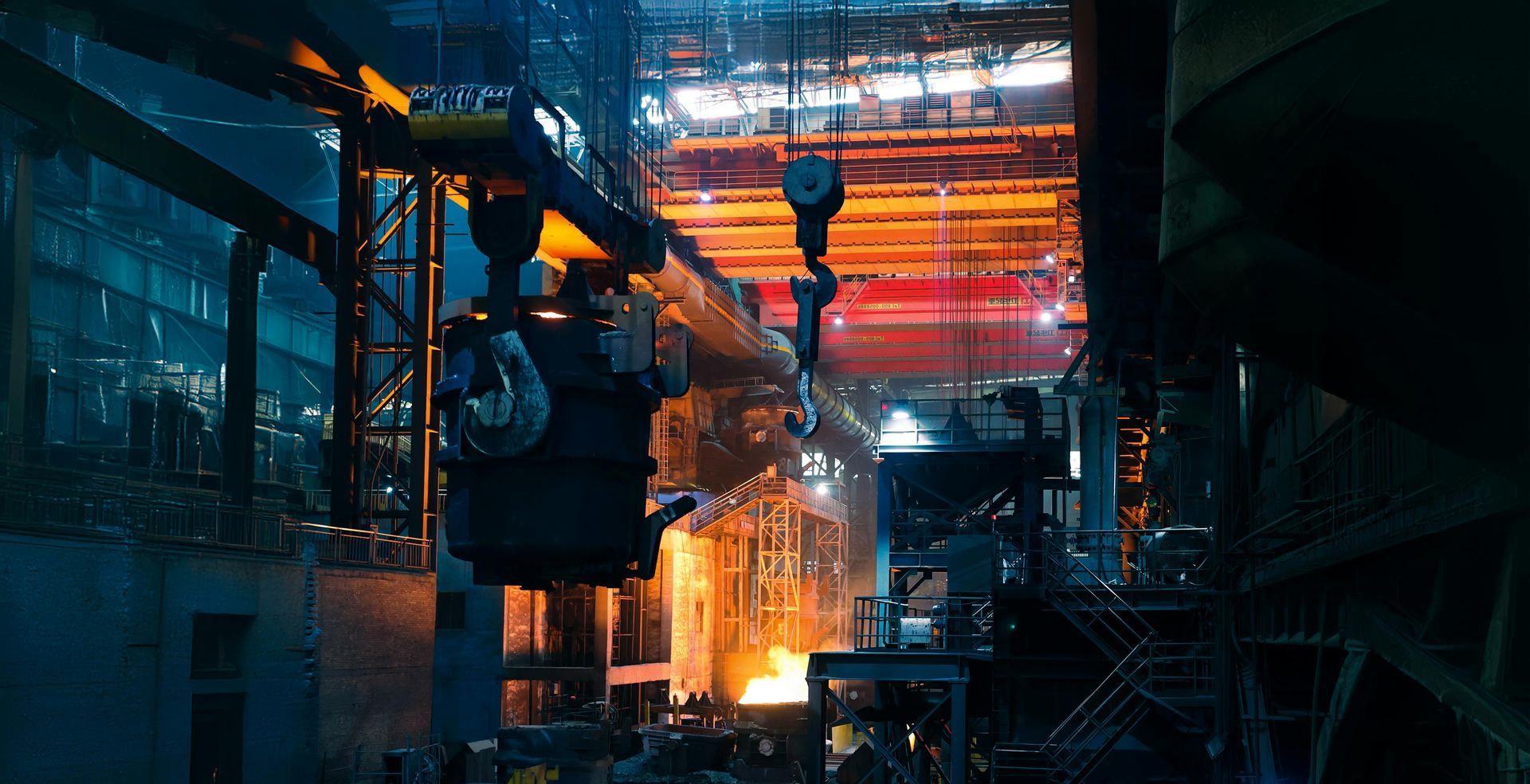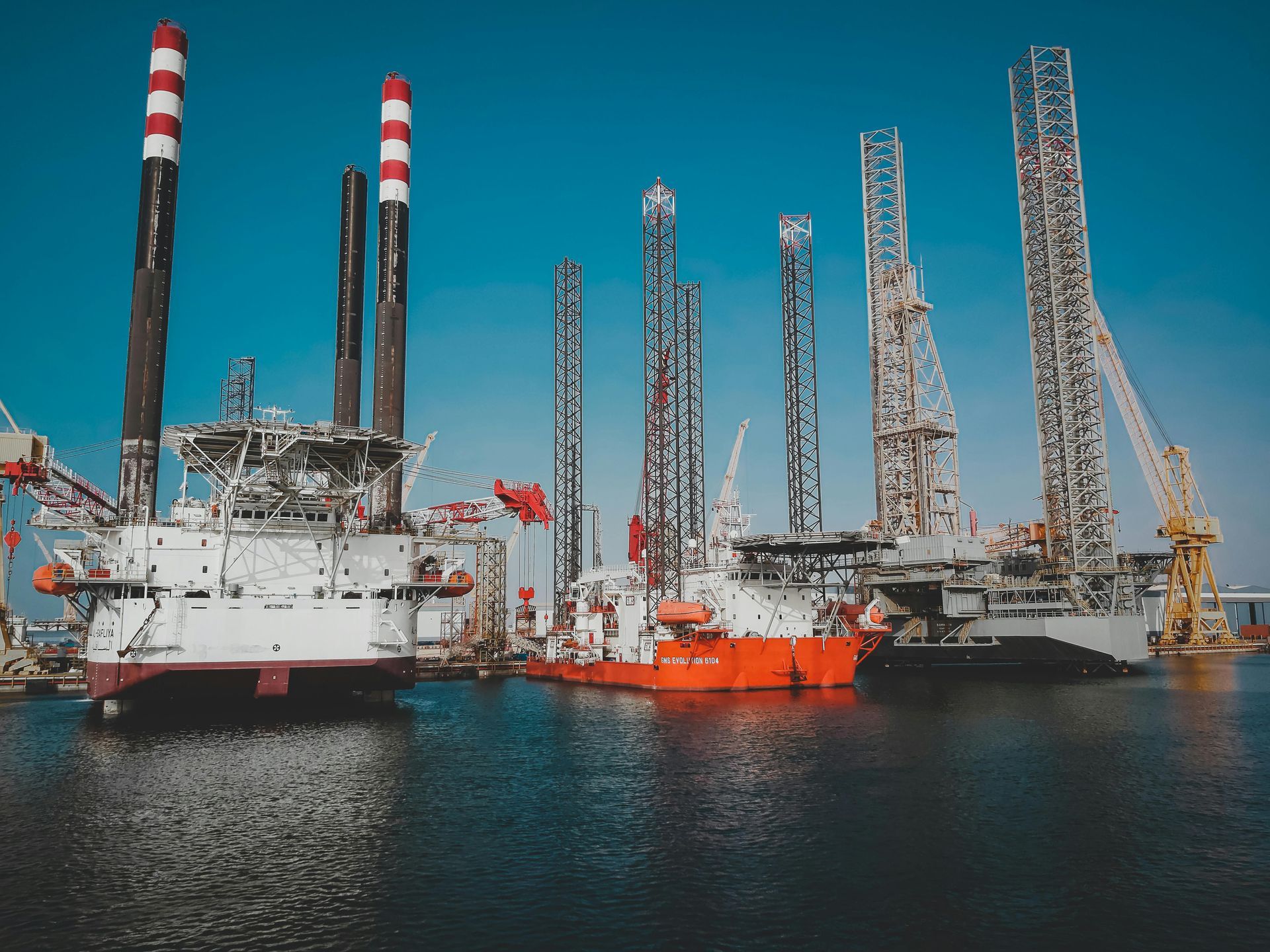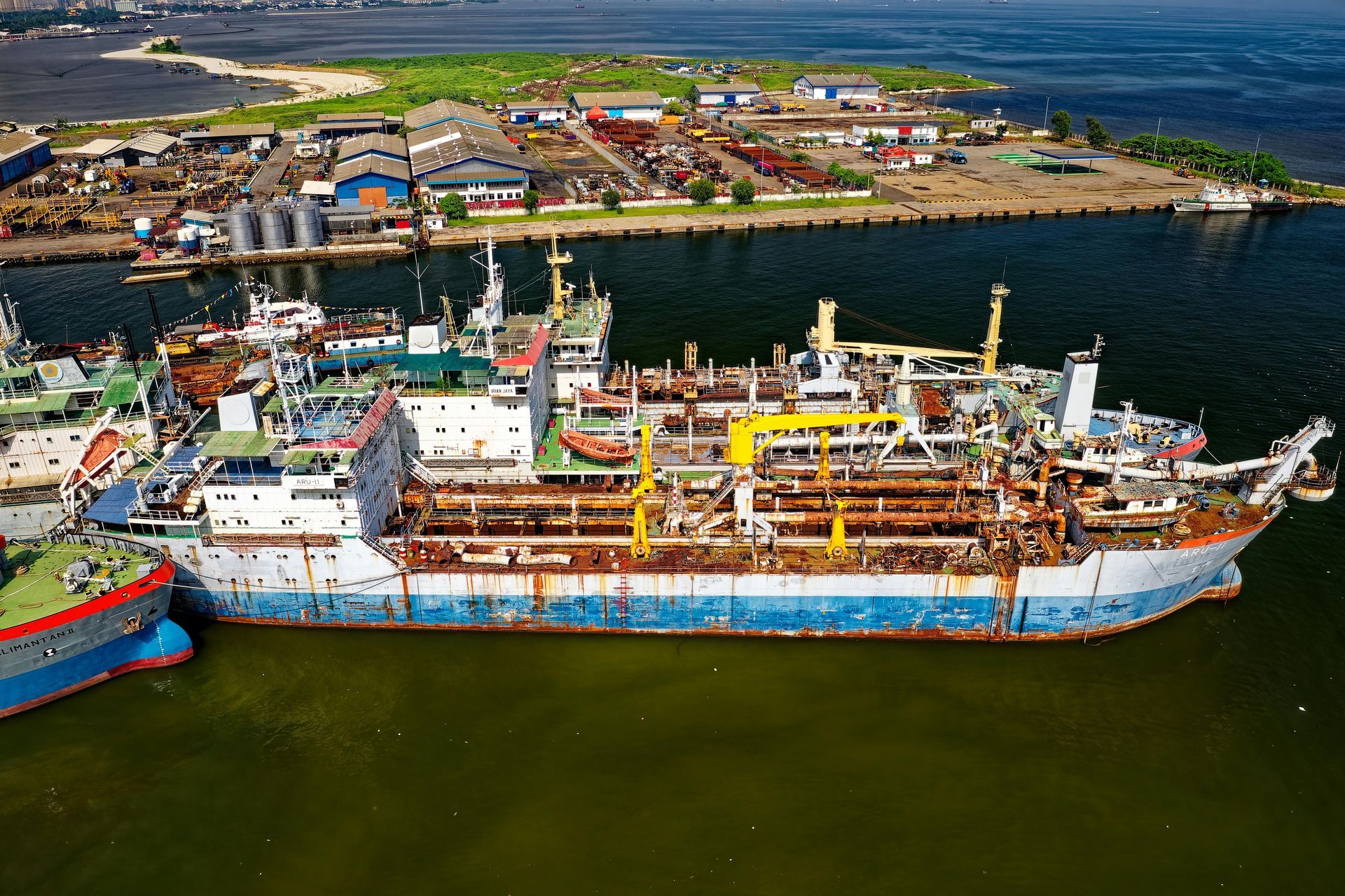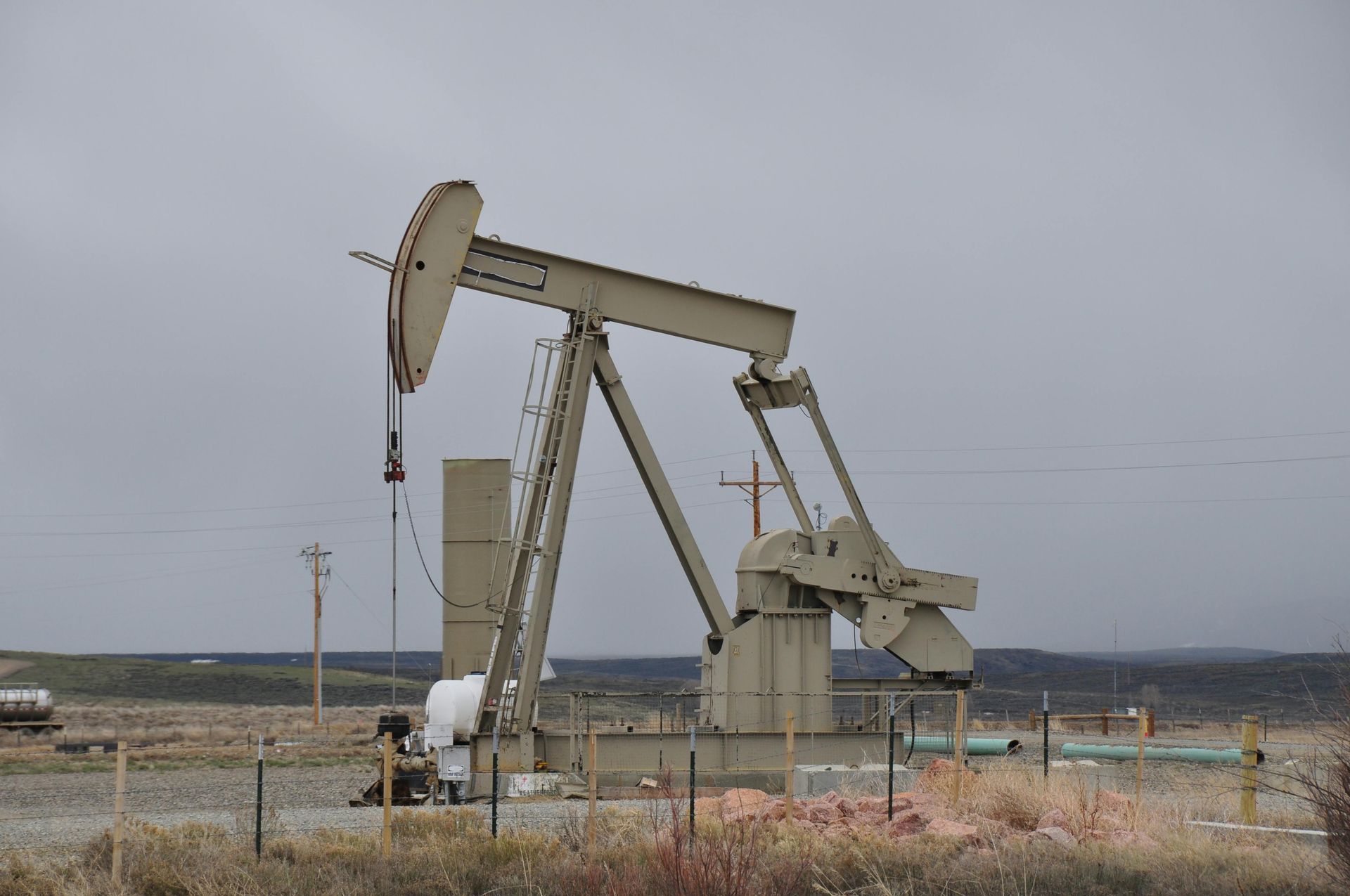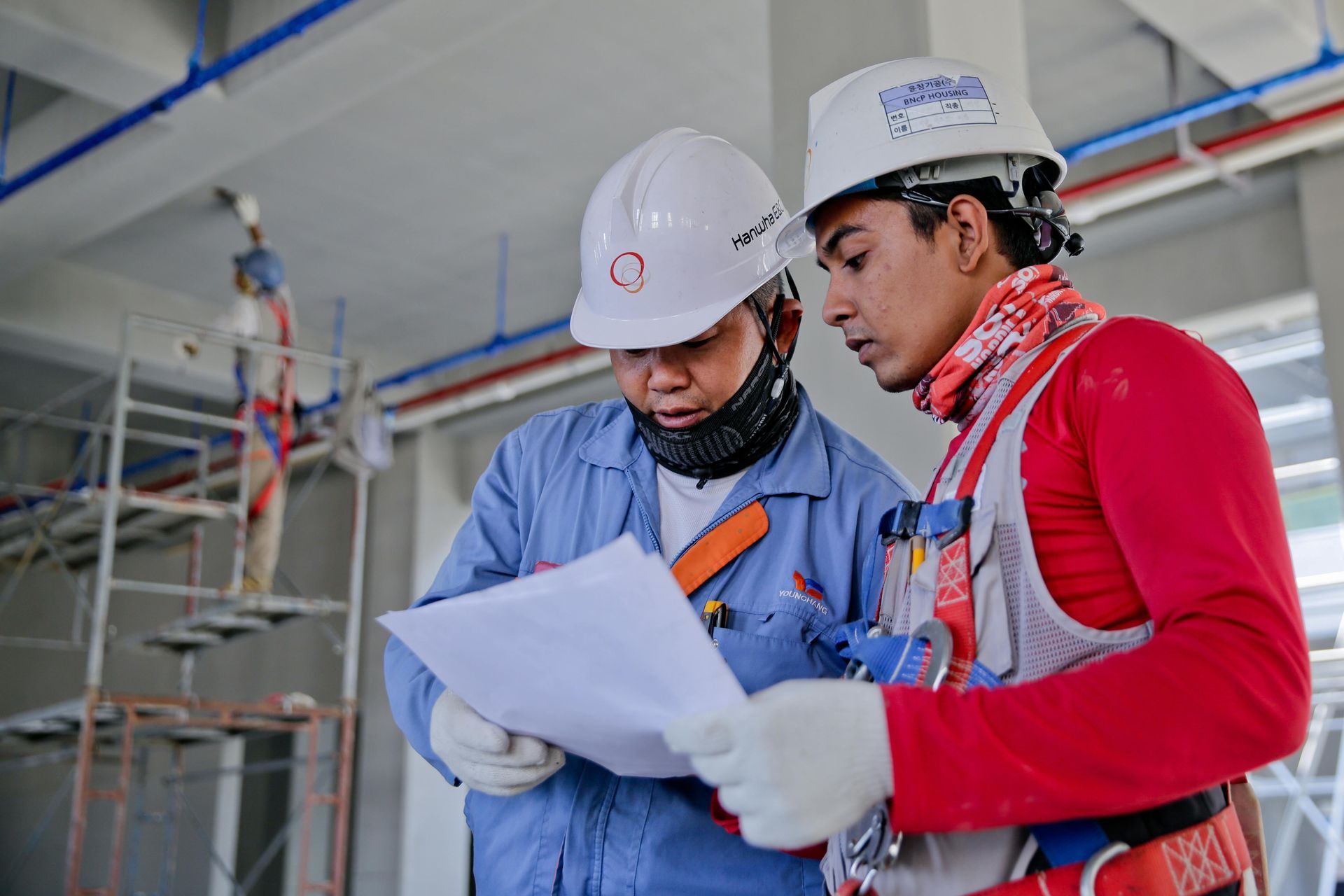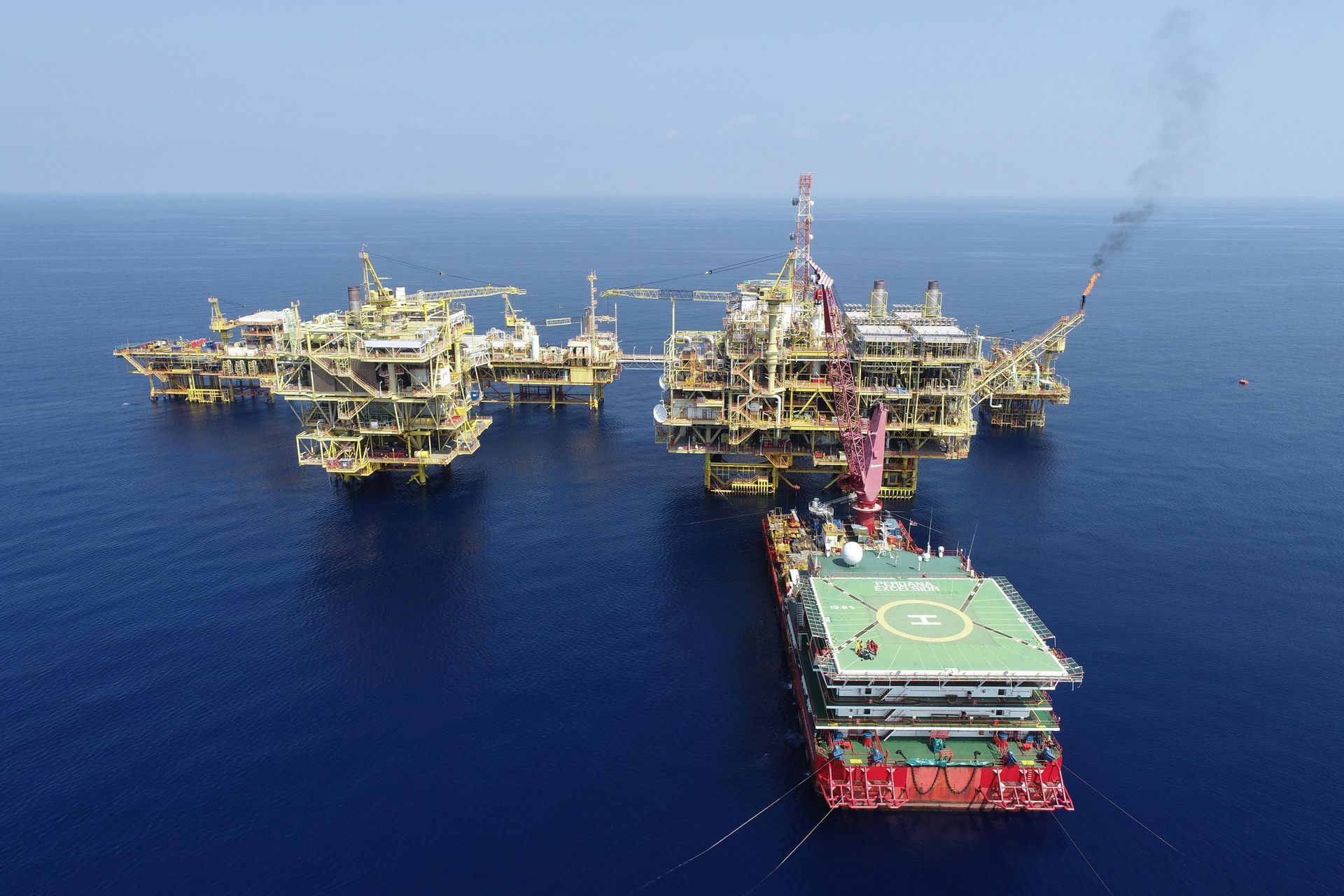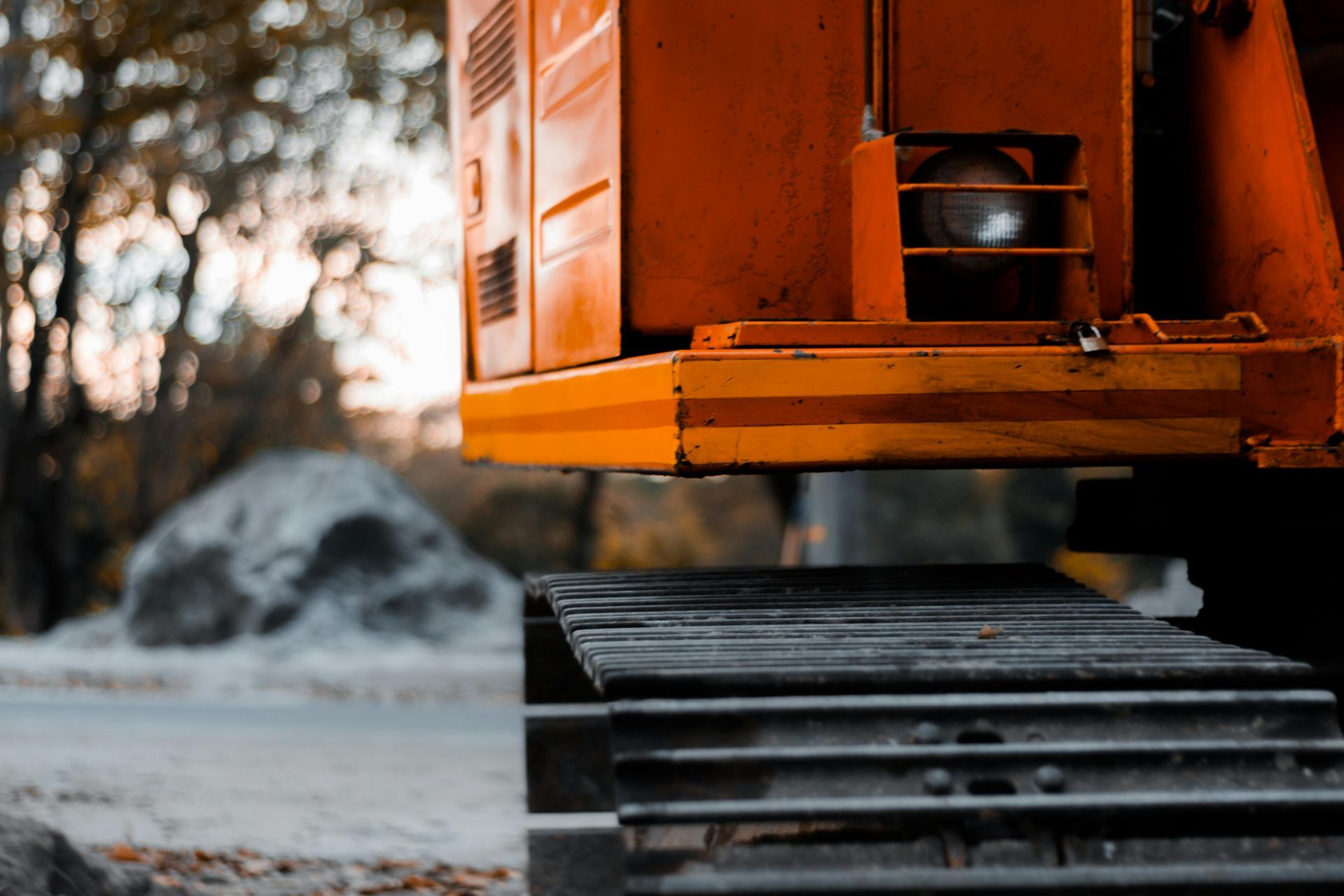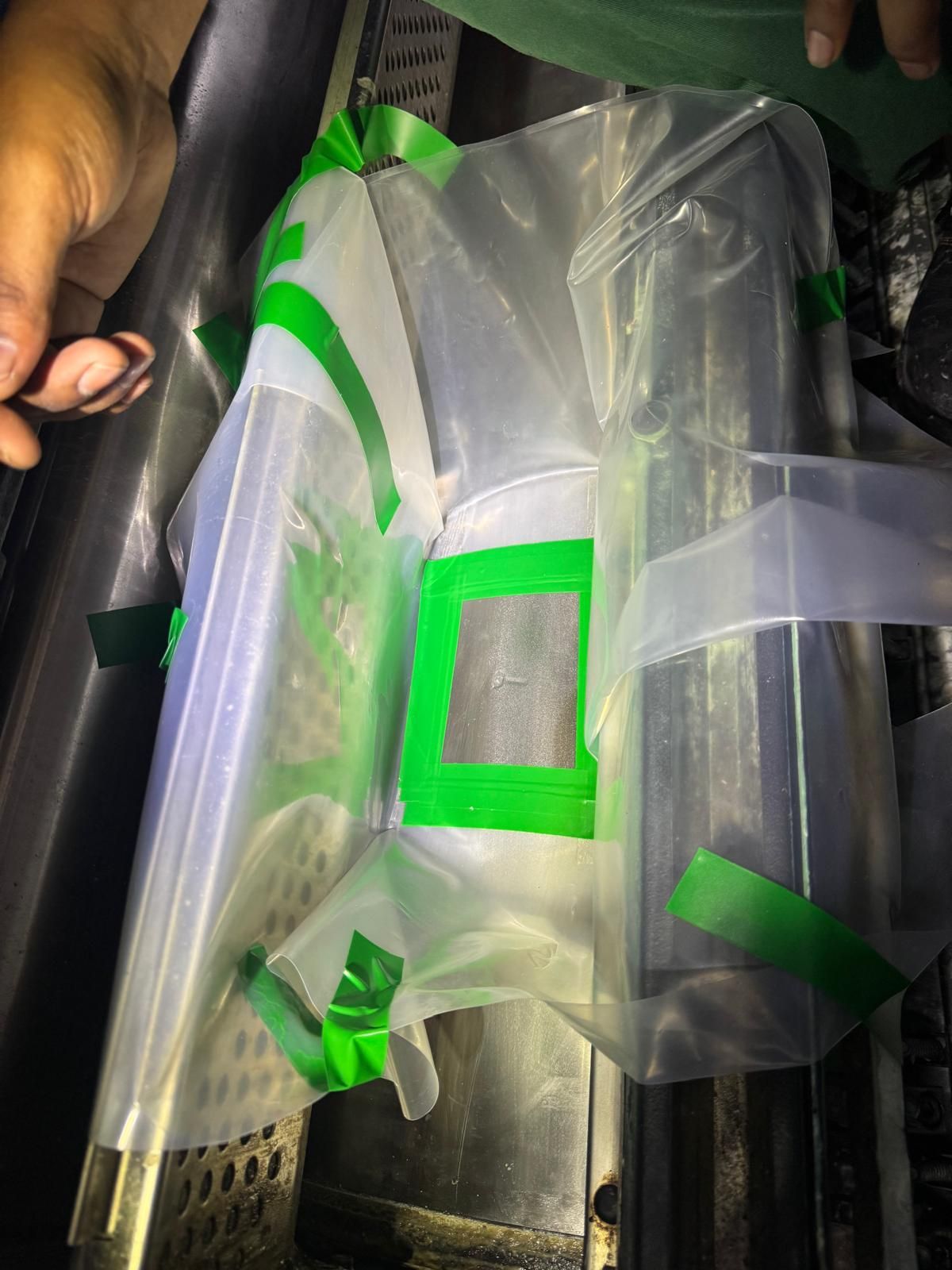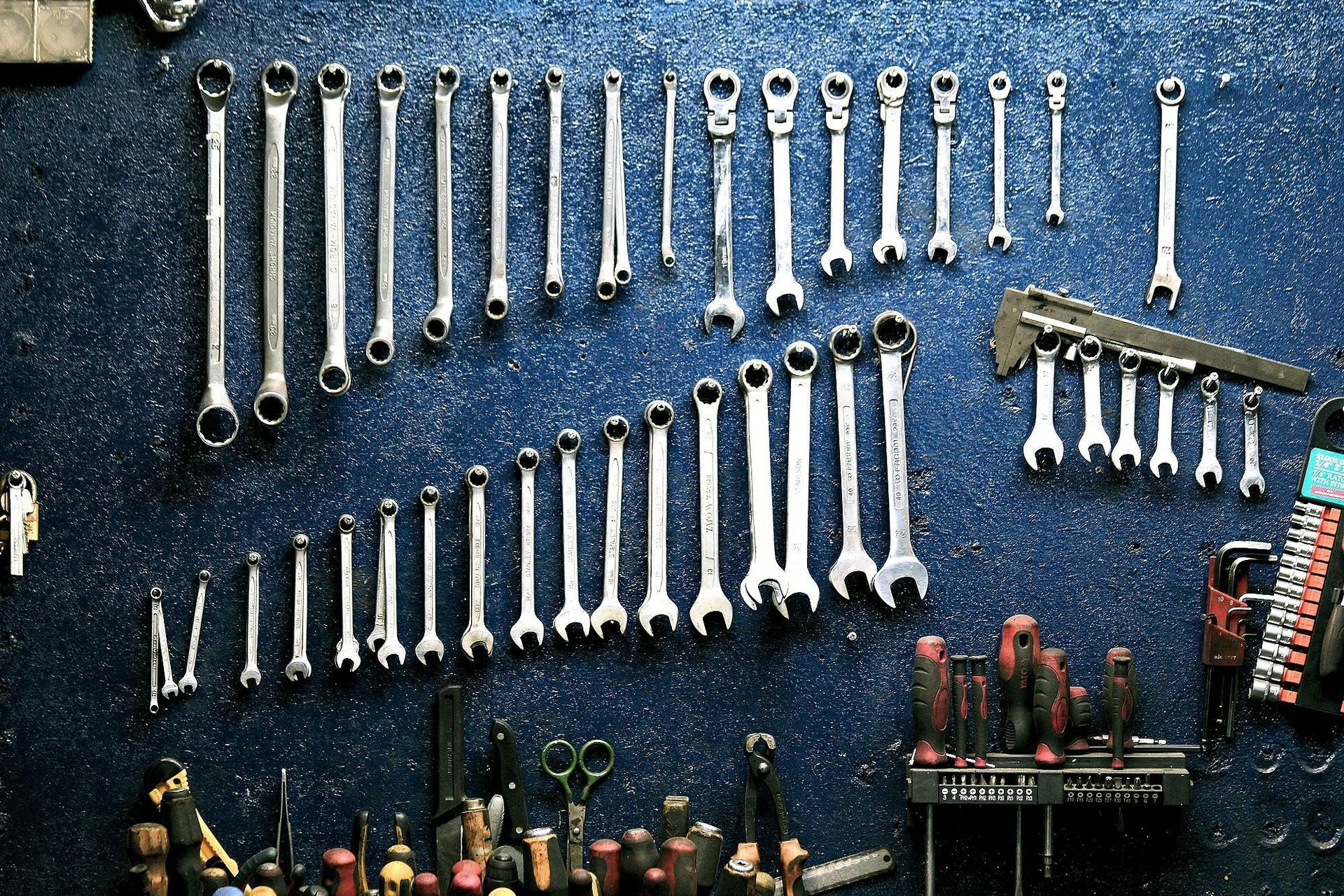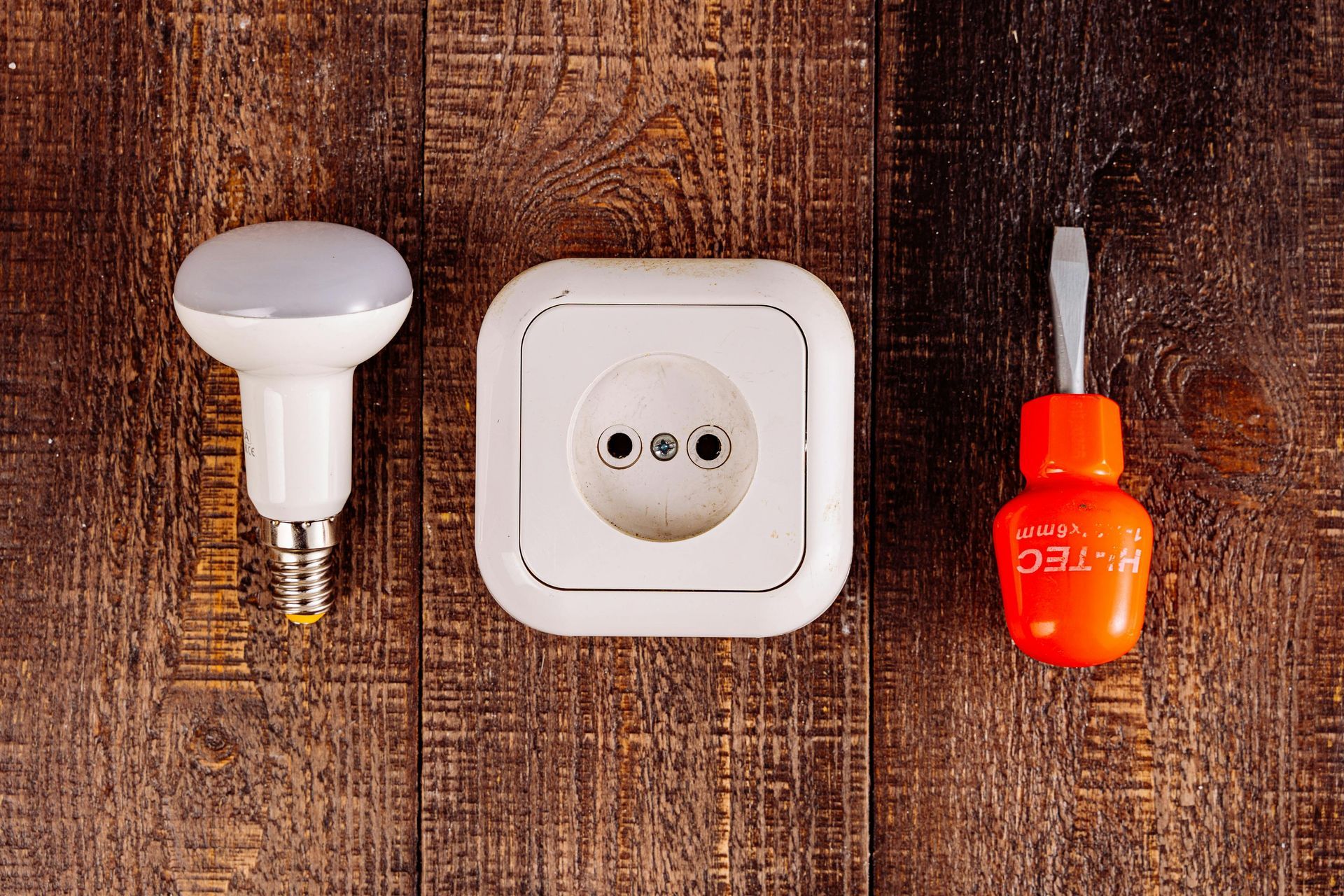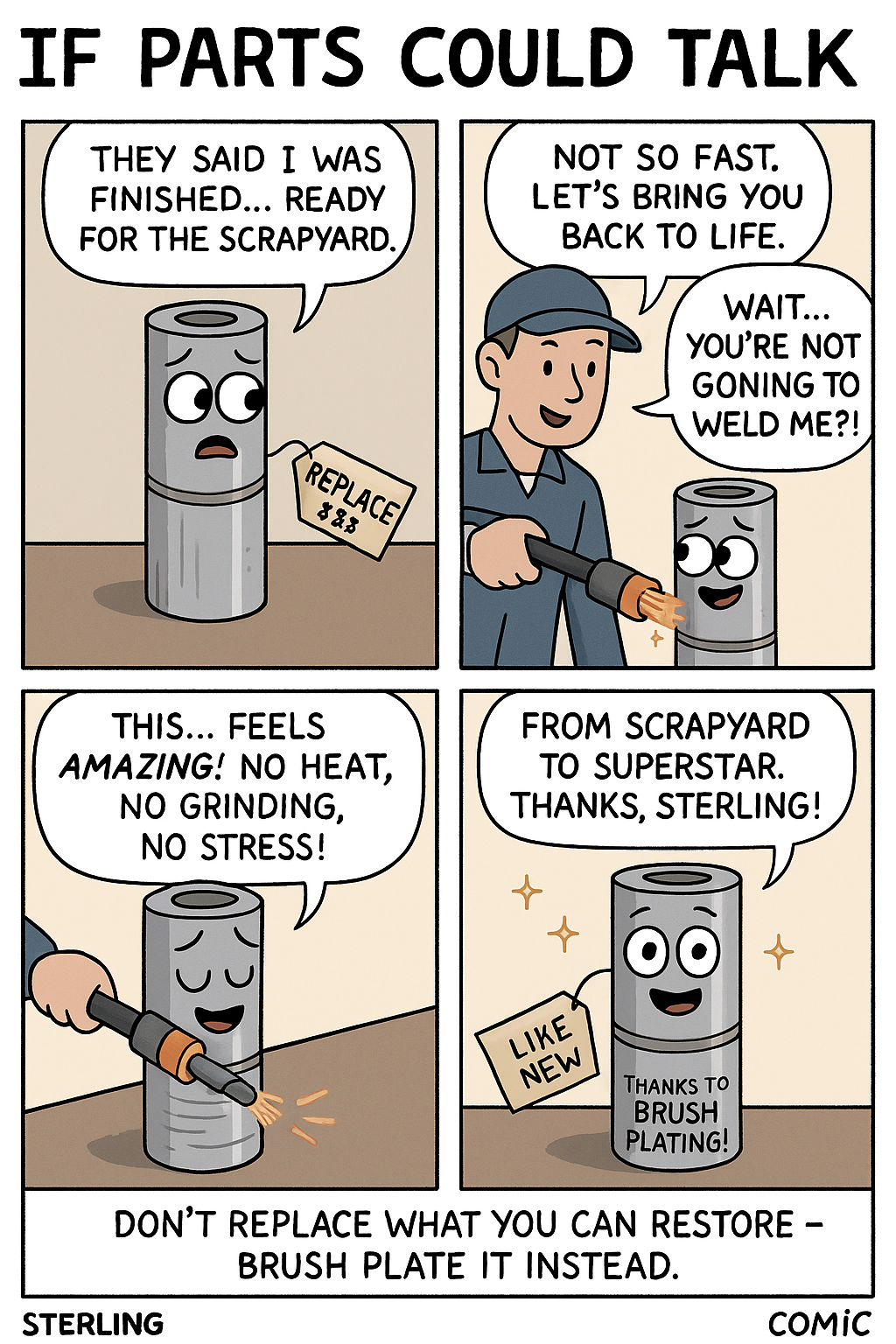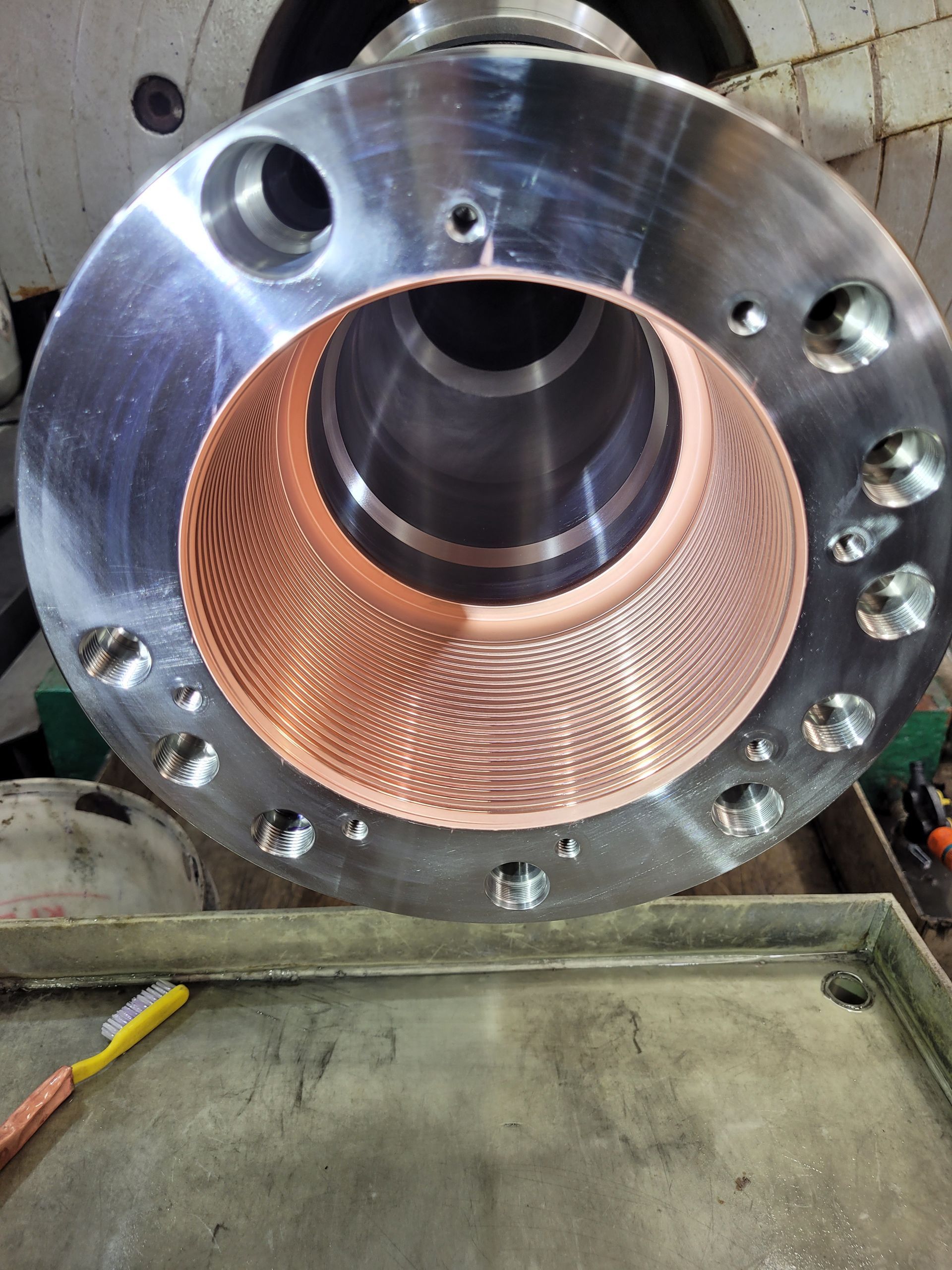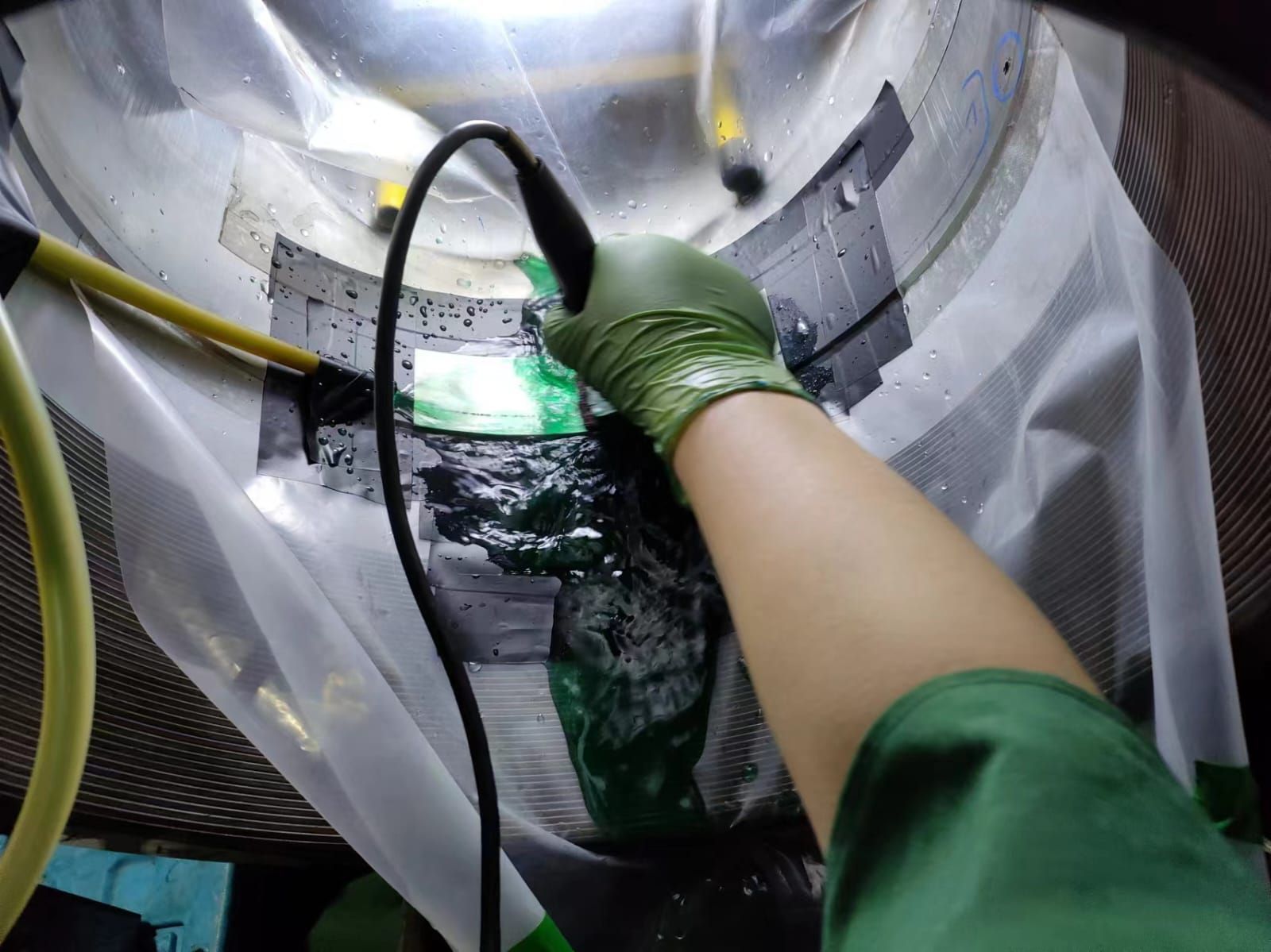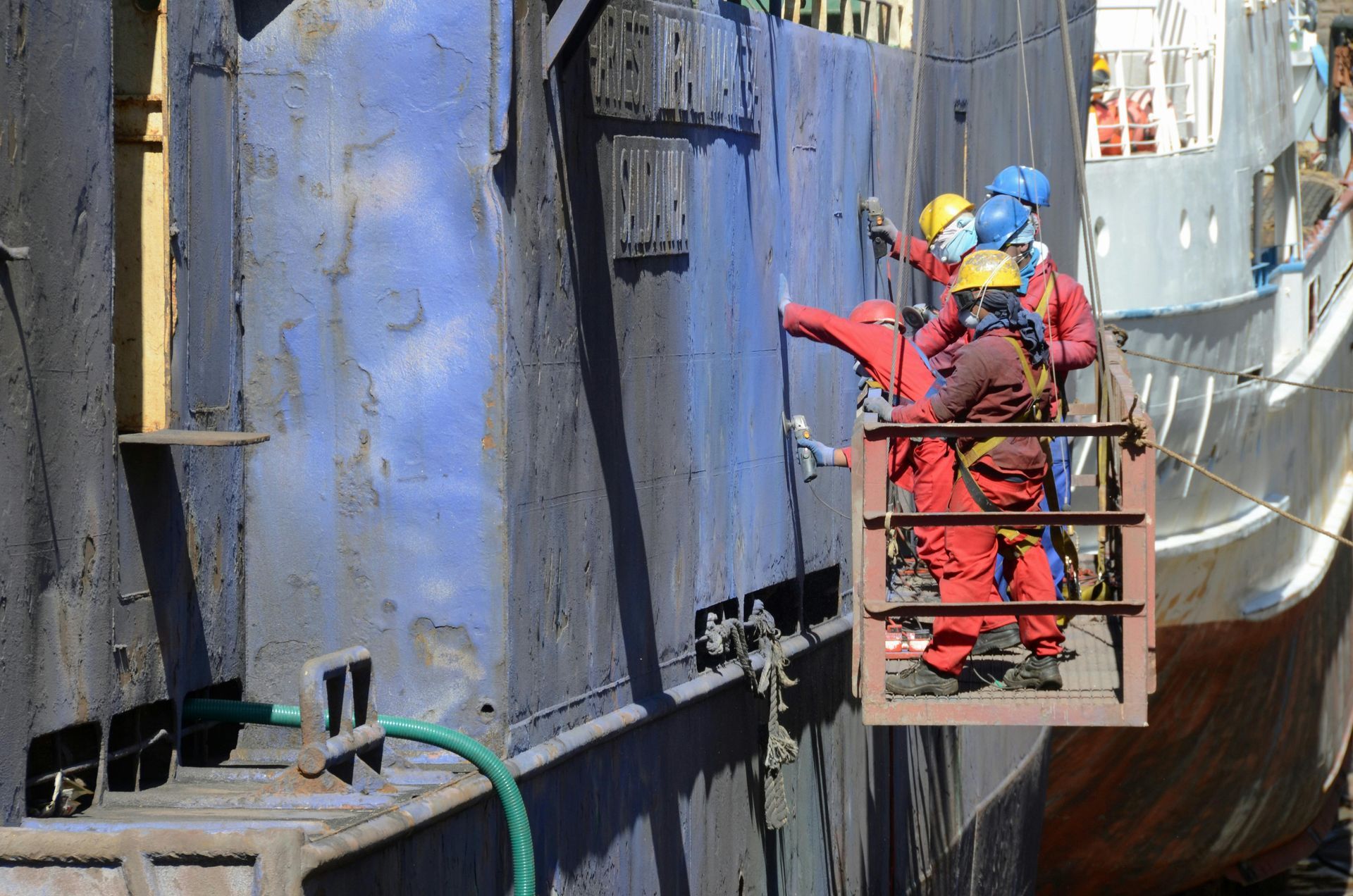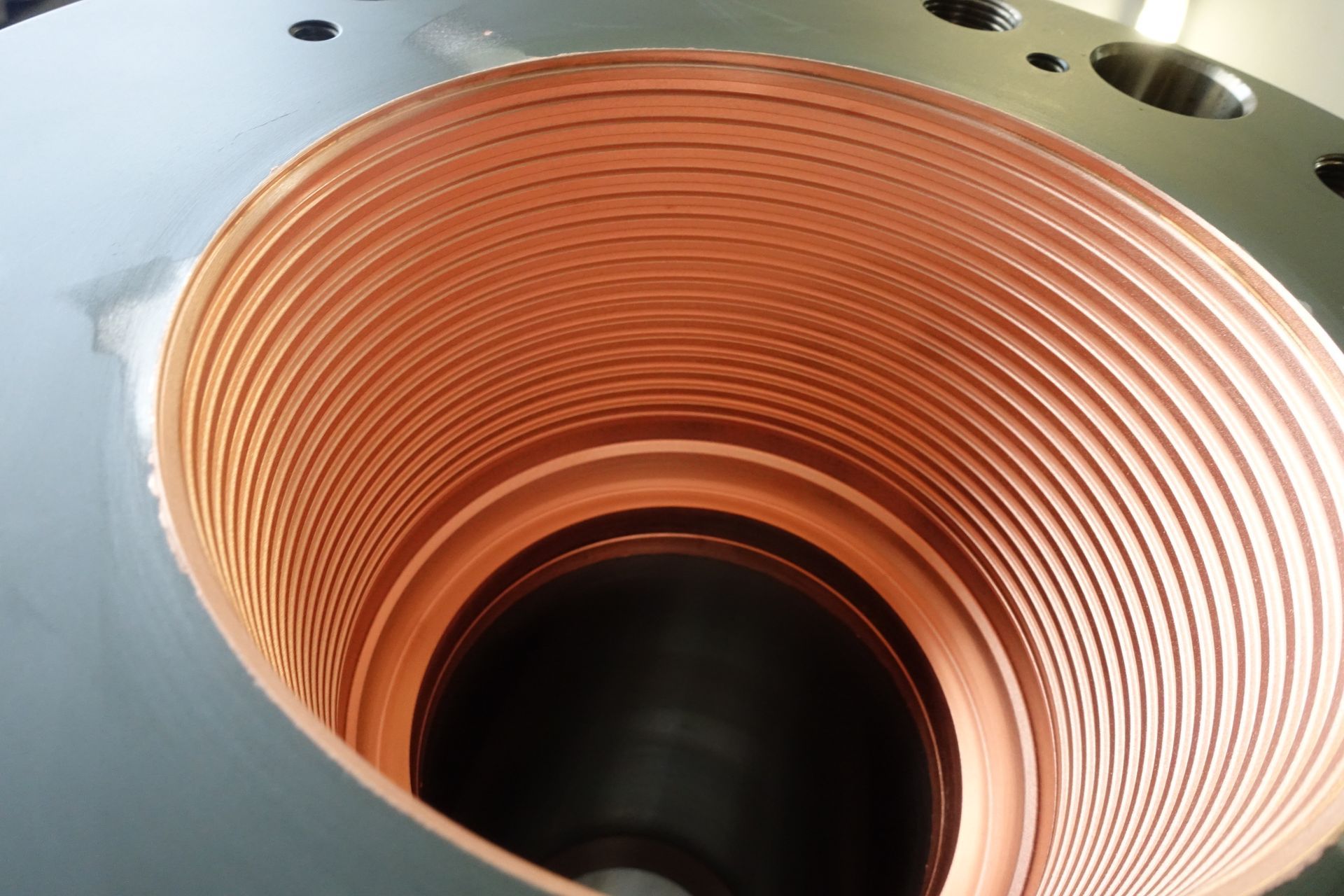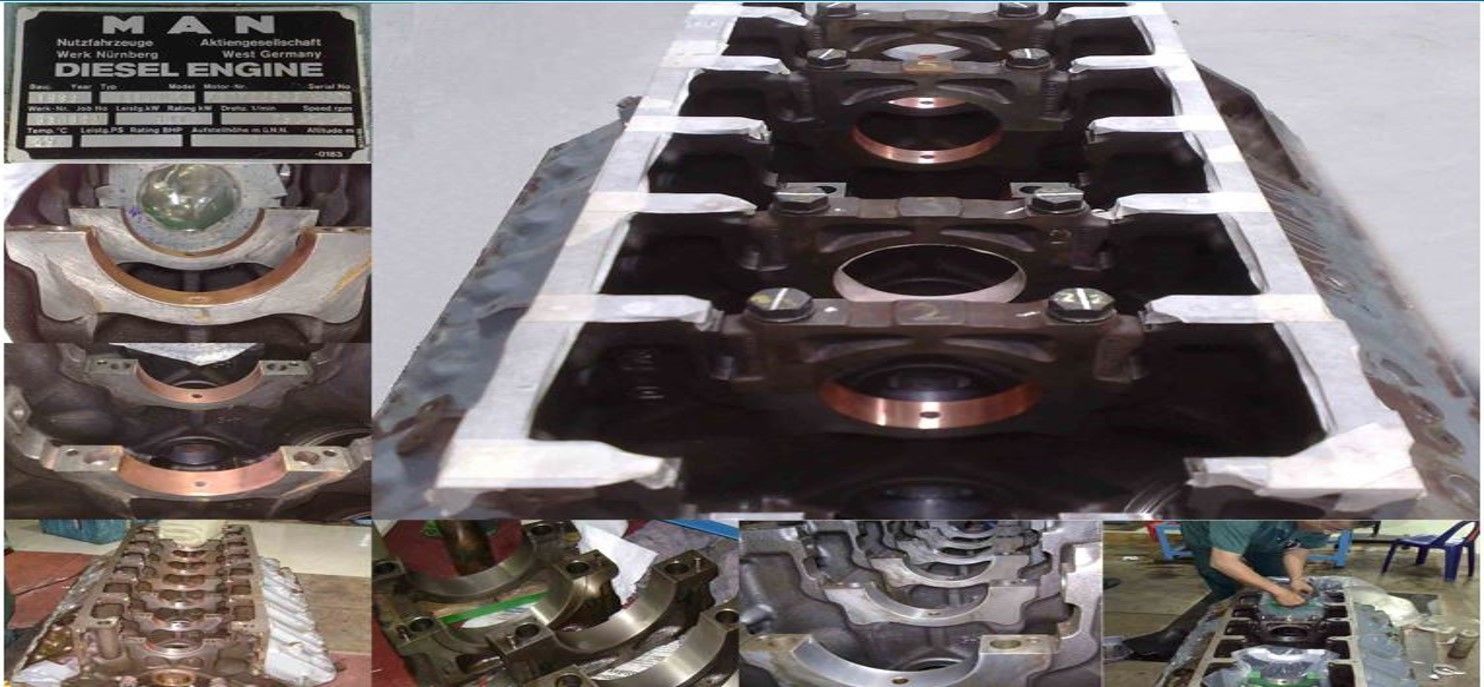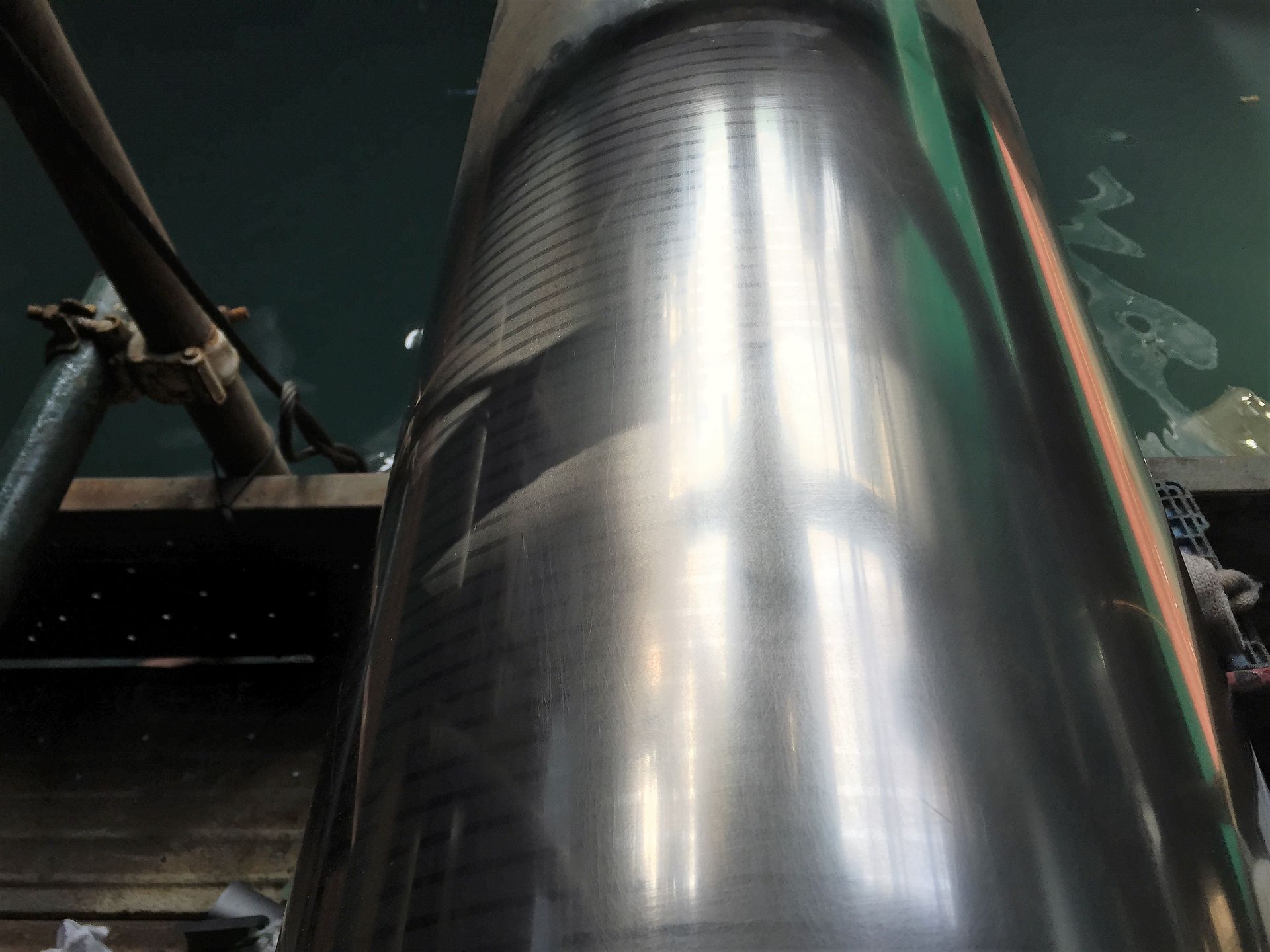Understanding Oil Well Tools: Completion, Rotary, and Production Tools
Oil Well Tools
In the oil and gas industry, specific tools are critical for ensuring successful exploration, drilling, and production operations. These tools fall into three main categories: Completion Tools, Rotary Tools, and Production Tools. Let us explore the purpose of each and highlight some examples.
1. Completion Tools
Completion tools are used after a well has been drilled and are essential for preparing the well for production. Their purpose is to enable the well to produce hydrocarbons efficiently and safely.
Key Functions:
- Seal the well to control pressure.
- Isolate different zones within the well.
- Facilitate the flow of oil or gas from the reservoir to the surface.
Examples:
- Packers: These are used to seal the space between the outside of the production tubing and the wellbore, preventing fluid migration between different layers.
- Tubing Hangers: They suspend the production tubing in place while isolating fluids.
- Perforating Guns: These create small holes in the well casing to connect the well to the oil reservoir.
2. Rotary Tools
Rotary tools are mainly used during the drilling phase. They rotate the drill bit at the bottom of the well, allowing it to cut through the earth’s surface and create a wellbore.
Key Functions:
- Drill through various layers of earth and rock.
- Maintain well stability during drilling.
- Provide precise control over the direction and depth of the well.
Examples:
- Drill Bits: These come in different shapes and sizes, designed to cut through specific types of rock.
- Mud Motors: These power the drill bit from within the wellbore, offering more control over direction.
- Rotary Tables: A platform that rotates the drill string and bit from the surface.
3. Production Tools
Once the well is producing oil or gas, production tools are used to monitor, control, and optimize the flow of hydrocarbons to the surface.
Key Functions:
- Ensure the steady flow of oil or gas.
- Manage well pressure.
- Enhance production efficiency.
Examples:
- Flow Control Valves: These regulate the flow of oil or gas from the reservoir.
- Artificial Lift Systems (e.g., pumps): These are used to help lift oil to the surface in wells where natural pressure is insufficient.
- Wellhead: The equipment installed at the top of a well, controlling pressure and directing the flow of hydrocarbons.
Conclusion:
Each of these tools—Completion, Rotary, and Production—plays a vital role in oil well operations, ensuring that the process from drilling to production runs smoothly and efficiently. Understanding the purpose and examples of each type of tool helps demystify oil exploration and provides insight into the critical infrastructure behind energy production.
At Sterling Impreglon Asia, we support the oil and gas industry by providing top-notch Brush Plating solutions that ensure long-lasting performance and reliability for tools and equipment. Contact us to learn more about how we can help with the maintenance and repair of your vital oil field equipment.



